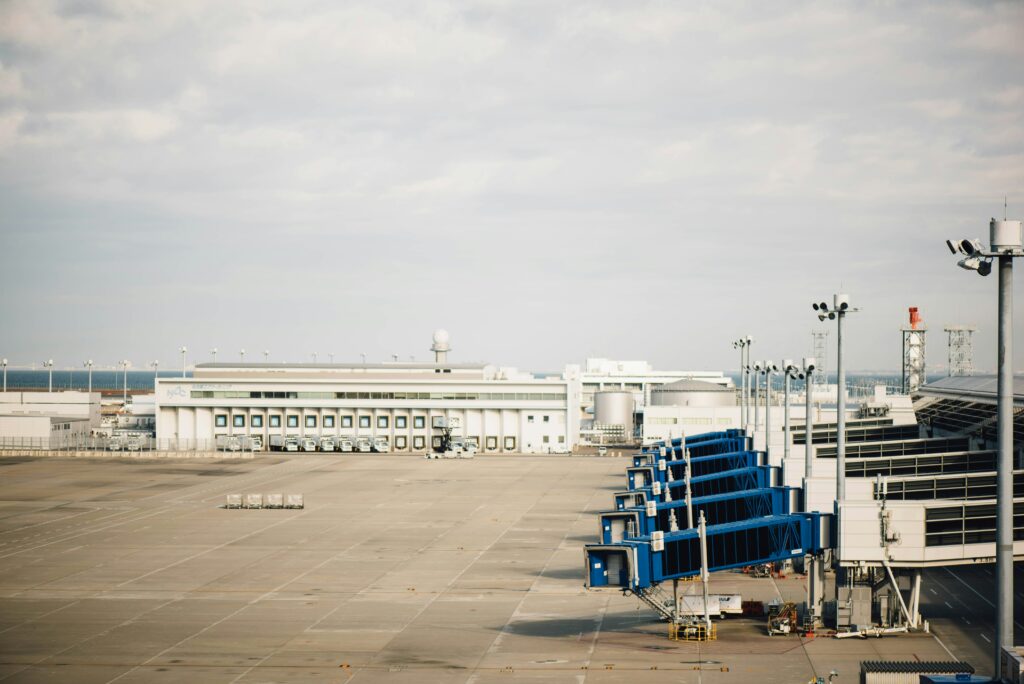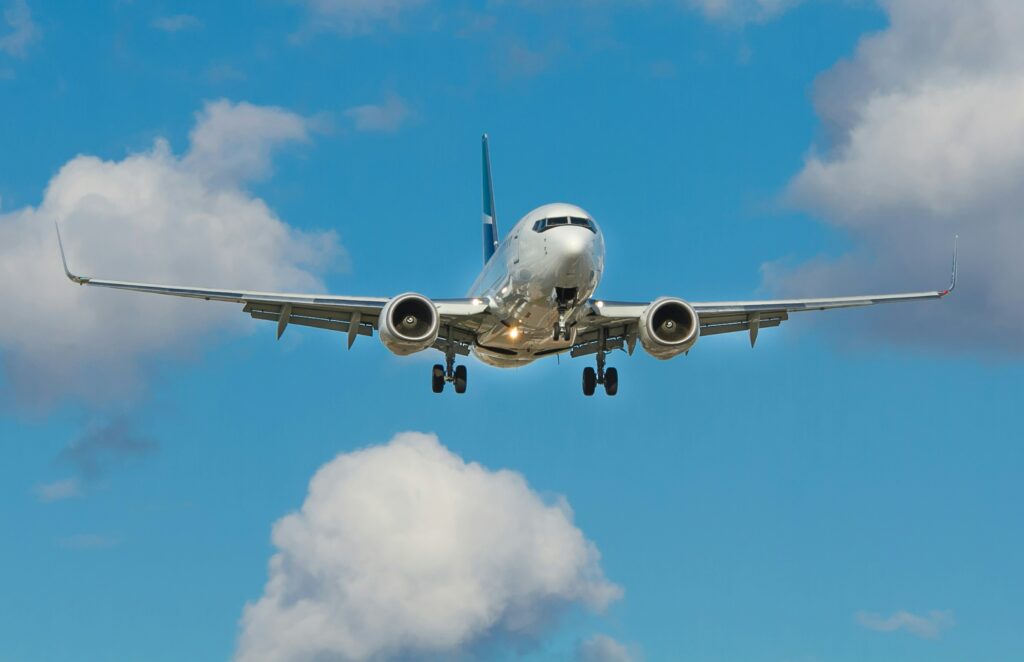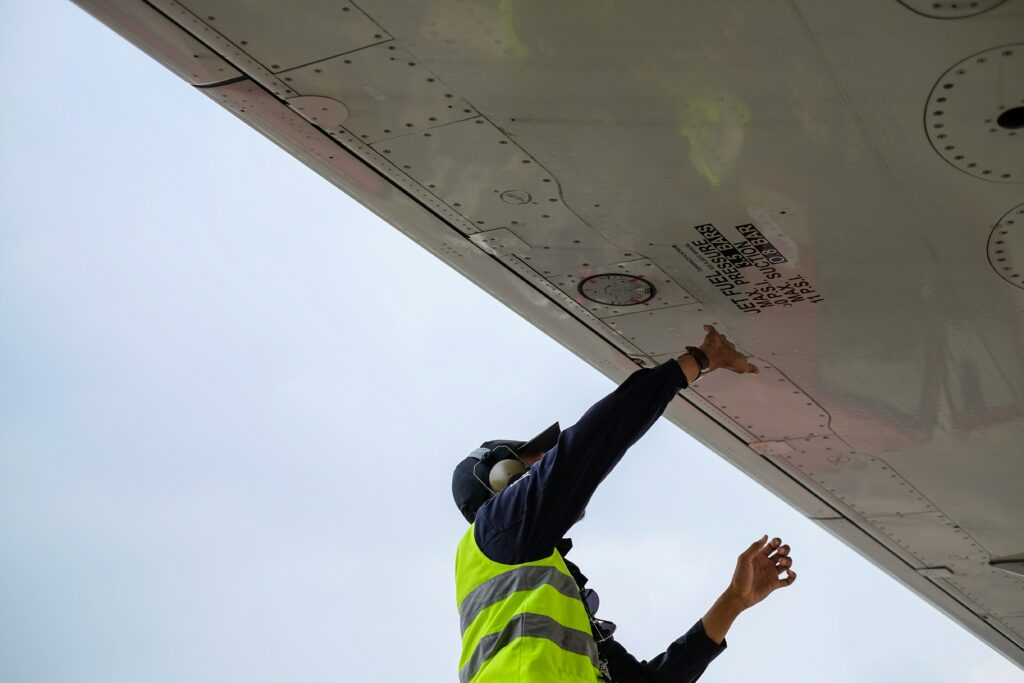ACMI (Aircraft, Crew, Maintenance and Insurance) is a type of aircraft leasing contract that includes the aircraft, crew, maintenance and insurance. It is a charter between airlines or to a leasing company (the lessor), where the chartered operator provides the aircraft and all associated services. Other costs associated with the flight, such as fuel, airport assistance, traffic rights and overflight taxes, remain the responsibility of the client airline.
Airlines in need of additional services turn to specialist air brokers, such as AEROAFFAIRES, a leader in this sector, to help them find a complementary or replacement aircraft.

For the customer airline, ACMI offers a flexible solution to meet anticipated needs or to manage emergencies. It allows them to compensate for an overload in their flight schedule to cover seasonal peaks, or to initiate new routes. In the event of unforeseen circumstances, such as aircraft breakdown or tensions in the flight crew schedule, ACMI avoids the cancellation or delay of flights, thus guaranteeing a transport solution for passengers.
For the lessor airline, making an aircraft available represents an opportunity to operate an aircraft that would not be used in its own network during a period of low activity. Some airlines even specialize in wet leasing, making this activity an integral part of their business model.

Find out more about ACMI with AEROAFFAIRES!
Differences between ACMI and private jet hire
ACMI
When it comes to aircraft leasing, there are two distinct options: ACMI and private jet leasing. ACMI includes the aircraft, crew, maintenance and insurance, making it a practical choice for airlines.
Private jet hire
Private jet hire, on the other hand, offers greater flexibility and customisation for individual or business travel.
Let’s take a closer look at these differences:
Inclusion of crew
Firstly, with an ACMI contract, the flight crew is included, which means that the hirer does not have to worry about recruiting or managing staff. With a lease, it is possible to lease just the aircraft, requiring the lessee to provide their own crew.
Maintenance
What’s more, with ACMI, aircraft maintenance is included, relieving the lessee of additional responsibilities. When leasing, the responsibility for maintenance may fall to the lessee, unless otherwise specified.
Insurance
What’s more, the insurance is included in the ACMI contract, giving the tenant greater peace of mind. When renting, tenants may have to take out their own insurance policy.
Flexibility
ACMI is particularly useful for airlines needing temporary aircraft to meet peaks in demand without investing in new purchases. Leasing is often used for private or business flights. It offers greater flexibility in terms of choice of aircraft and destinations.
Contract duration
ACMI contracts can be of variable duration and are used for short-term requirements. Leasing can include long-term contracts or single flight leases.
In short, ACMI is a more complete and practical solution for those looking to hire an aircraft without having to manage the crew and maintenance. Private jet hire, on the other hand, offers greater flexibility and customisation.
The benefits of ACMI
ACMI offers many advantages to airlines, allowing them to lease aircraft with crew, maintenance and insurance included. This flexible solution is particularly useful for meeting operational and seasonal challenges. Here are some of the main benefits of ACMI for managing flight operations:
Optimising management of seasonal traffic peaks
ACMI enables airlines to respond effectively to fluctuations in seasonal demand. During peak periods, such as holiday or tourist seasons, it can be difficult to adjust the fleet quickly to accommodate growing passenger numbers. Thanks to ACMI, airlines can lease aircraft with crew. This allows them to temporarily increase their transport capacity, avoiding overloads and delays, while optimising customer satisfaction.
Flexibility to launch new routes
ACMI offers great flexibility for launching new air routes. When an airline wants to test a new market or start a route to an unexplored destination, it can use aircraft leased under ACMI to reduce the financial risks associated with purchasing a new aircraft. This solution enables routes to be launched quickly and at a lower cost, without any long-term commitment. It also makes it easy to adjust operations according to results.
Reactivity in the event of last-minute contingencies
In the event of unforeseen situations such as an AOG (Aircraft on Ground) or social tensions disrupting operations, ACMI is an ideal solution for ensuring flight continuity. When the unexpected happens, it’s crucial for airlines to react quickly to minimise disruption. With ACMI, an aircraft can be deployed quickly to replace a grounded aircraft. This ensures that scheduled flights can continue without major disruption.
Damping of overloads or disruptions to the flight schedule
When a flight schedule is disrupted due to overloads or unexpected events, ACMI allows airlines to adapt without negatively impacting their operations. By temporarily adjusting fleet capacity with leased aircraft, airlines can absorb fluctuations in demand or operational disruptions. At the same time, they can maintain the fluidity of their schedules. This ensures that commitments to passengers are met, while limiting the financial impact.
Replacement during planned maintenance operations or late deliveries
ACMI is particularly useful when an aircraft is unavailable due to planned maintenance work or a delay in the delivery of a new aircraft. Rather than suffering a fleet reduction during these critical periods, airlines can opt for ACMI aircraft to maintain their operational capacity. This allows them to avoid any disruption to their operations and continue to meet the needs of their passengers.
In short, ACMI offers a flexible, responsive solution for airlines, enabling them to optimise their operations in a variety of situations. Whether it’s managing seasonal traffic peaks, testing new routes, reacting quickly to unforeseen circumstances or compensating for aircraft unavailability, ACMI ensures effective continuity of service. By making it easier to adapt to fluctuations and operational constraints, this approach enables airlines to optimise their profitability while guaranteeing a smooth and satisfactory customer experience.
Comparison with other leasing solutions
There are several types of aircraft leasing contract for airlines, each with its own specific features. The two main forms are dry lease and wet lease, with a few variations in between.

Under a dry lease, the lessor supplies only the aircraft to the client airline. The latter must register the aircraft in its own fleet, and take charge of all operations. This includes operating the aircraft, including crew, maintenance and insurance. This type of contract is often preferred for long-term leases, where the aircraft needs to be integrated into the customer’s fleet to meet permanent requirements.
Wet leasing, on the other hand, generally includes the four components of ACMI: aircraft (A), crew (C), maintenance (M) and insurance (I). In this case, the lessor keeps the aircraft in its own fleet. At the same time, the customer company hires a full service including pilots and flight crew. However, the lessee is responsible for the commercial operations associated with the route. This includes the flight number, traffic and overflight rights, as well as the management of airport services (ground handling, refuelling, on-board service, etc.). This model is ideal for temporary needs or peak full stops, when the airline wants to reduce management complexity.


An interesting variant of wet leasing, adapted to longer-term contracts, is damp leasing. In this case, only the pilots are provided by the lessor, while the customer airline uses its own cabin crew. This allows a certain level of autonomy for the lessee, while benefiting from partial support from the lessor.
Finally, in rarer cases, if the client company also provides the pilots, we speak of an AMI contract (aircraft, maintenance, insurance), where only the aircraft and technical services (maintenance and insurance) are paid for by the lessor.

Each of these options offers a different level of flexibility depending on the specific needs of the airline, the duration of the contract and the operational situation. ACMI, as a complete service, stands out for its ability to offer a turnkey solution for emergency or overload situations, while dry lease and damp lease are more suited to long-term strategies.





